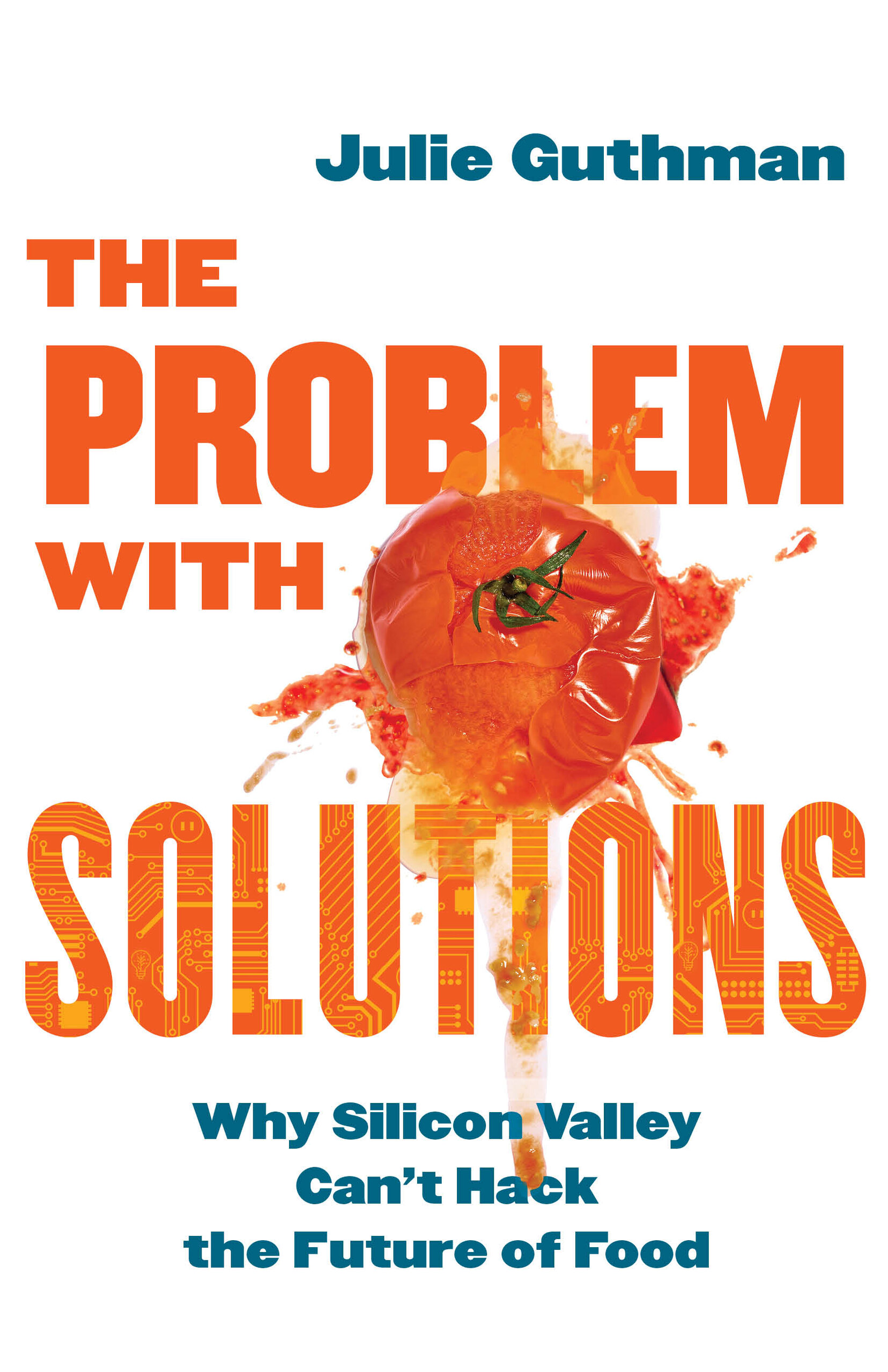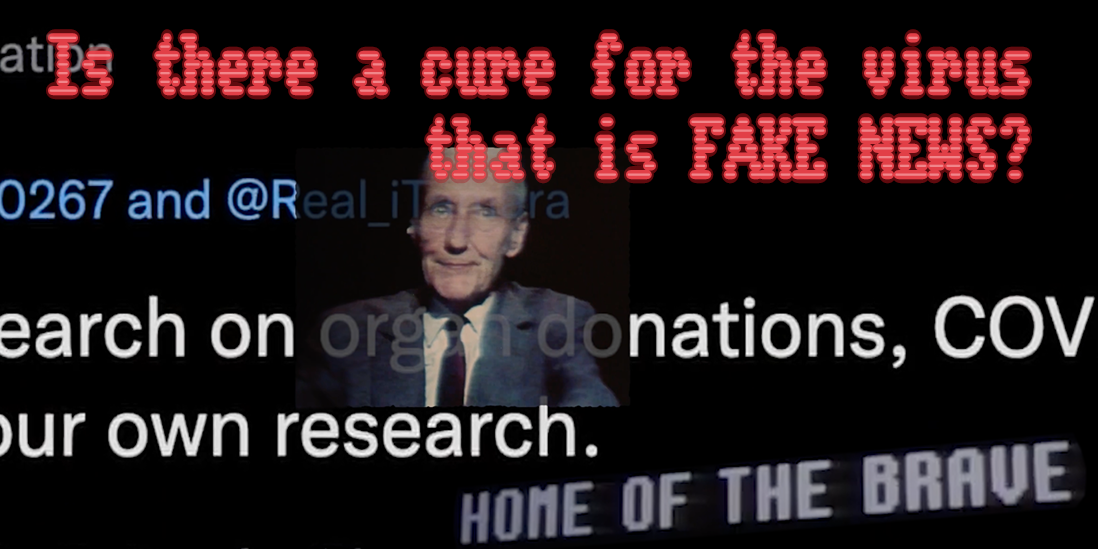CMMU 148: The Problem with Solutions ~ A retrospective analytical response to a 2010 TED Talk by Jessica Jackley, applying concepts discussed in Professor (now Emeritus) Julie Guthman's newest book by the same name as the course, in addition to other readings completed during our Fall 2024 Seminar. See Works Cited for a complete list of further readings.

A concise and feisty takedown of the all-style, no-substance tech ventures that fail to solve our food crises. // Julie Guthman is a geographer and Distinguished Professor [Emeritus] in Sociology at the University of California, Santa Cruz. Her previous books include Wilted: Pathogens, Chemicals, and the Fragile Future of the Strawberry Industry.
LOVE, where meaningful < useful
In her TED Talk, Jessica Jackley describes love as a “desire to really be meaningful and useful in another person’s life” (4:22) and later breaks down in tears after imploring her audience, “Love is resilient enough for us to get out there and try” (16:26). By Jackley’s own admission, she is unable to navigate the idea that on the one hand, we should help provide those less fortunate in our community with some small, material things that might make their lives a little bit more comfortable (0:33), and on the other, that, even according to Jesus himself, there will always be less fortunate people around us that who will require of us some level of sacrificial compassion. She pitches that there is a “weirdness” that accompanies the relationship between donors and their benefactors and that, by comparison, microlending “is a relationship that can promote respect and hope and optimism that together we can move forward” (10:21).
MONEY, where Loan = Attention
Jackley describes microlending as she learned it from microfinance pioneer Dr. Mohammed Yunis: “A tiny loan that could help someone start or grow a business” (5:05) — but to whom is that loan considered tiny? The benefactor, or the entrepreneur, who operates on an entirely different scale of economics and monetary valuation in the typical international context of microlending? In her speech, Jackley uses examples ranging from $25 (9:20) to $100 (8:17) and admits openly to not having any acumen for business or financing before Kiva’s “beta” funding round in 2005 (9:10). What she doesn’t take into account are the implications of the techno-fix: politically, culturally, and—at the root of her analysis—ethically (Johnston, 2018, 52).
“Loans are a very interesting tool for connectivity… they’re not a donation. … When you lend someone money and they slowly pay you back over time, you have this excuse to have an ongoing dialog” (Jackley, 2010, 12:07). This makes sense: without the attachment of money, there isn’t any other reason for them to maintain a relationship with one another. By the nature of the interactions, this relationship always has an unequal force of influence. The benefactor is theoretically attempting to lessen the imbalance (debts), but, as Mara Kardas-Nelson points out in the Introduction to We Are Not Able to Live in the Sky, instead, they somehow tend to grow, with multiple lending agreements and constant checks on their state of business and personal sacrifice (Kardas-Neslon, 2024, 12-13).
Most concerningly, this individual force isn’t making a dynamic impact outside of how it makes the lender feel. As Teju Cole points out in The White Savior Industrial Complex, a better use of the American benefactor’s time and energy would be put towards evaluating and advocating for changes in our foreign policy (Cole, 2012, 6). Instead, Jackley’s encouraging the microlenders to purchase the respect they crave, to buy their way into trusteeship (Li, 2007, 5) where they can, for pennies on the dollar, buy into the optimism that they can’t feel when faced with the poor people all around them in their own communities, driven by the will to improve. An individual participating in such White Savior behavior is not doing it to make an impact on a larger scale; they’re simply trying to feel power and adoration from someone in a more vulnerable position and don’t understand the illusory nature of their shallow benevolence.
Instead of facing our own community advocacy, potentially through influencing our government interests, these world citizens render the lendees as ragdoll proxies in our power struggle with the American government and their impotent place in affecting societal norms. As a child, my dad relayed this type of social behavior change that occurs when we’re outside of “the ‘sphere of power of the elder’” (Varley and Symmes, 1966, p. 54)—done to offset the frustration felt by being dominated—as “bopping a smaller monkey on the head.”
LOVE + MONEY
The benefits of increased income lead to some examples of generational, lasting improvements: being able to afford the costs of educating their children and buying health-protecting mosquito nets (Jackley, 2010, 6:55). Other examples were more “worldly” though – more about the ways that the wider world operates or what she expects of them–like door locks, which were not a priority before the cash infusion comeuppance, or sugar so that they could host her more comfortably (Jackley, 2010, 7:07).
Microlending, microfinance, and the idea of summer vacation solutionists strike me as the Everyday Man’s venture capitalism stint. Where the original form sought to impact the United States’ economic imperatives through a variety of tax programs, funding mandates, and lax regulations, naturally intertwined with the government (Guthman, 2024, Ch. 1, “Venture Capital Takes the Stage”), microlenders can use the power of the American Dollar at an individual scale to evangelize our debt-funded lifestyle of more-ish consumption.
The ‘technate’ that Johnston writes of during the original iteration of techno-fixes (53) has not come to bear, which is a problem considering “Government is the attempt to shape human conduct by calculated means” (Li, 2007, 5). In the case of venture capitalists, government oversight checks their power within the market. Instead of becoming more technical, today's government is marked by backroom deals where politicians enrich themselves while entangling and exploiting their constituents. And, outside our government’s sphere of power, microlenders mirror this behavior, bopping their targets right on the head with a saddle of debts. I’d argue that this is a pretty weird relationship to participate in and doesn’t sound like a healthy form of (unconditional) love. The manipulative sentiment of Jackley’s talk spoke instead of love entangled with conditions of being useful, financial dependency, and an exploitative power imbalance. How exactly does that fulfill her promise that it promotes respect, hope, and optimism?
Works Cited
Cole, Teju. “The White Savior Industrial Complex.” The Atlantic, Mar. 2012. http://www.theatlantic.com/international/archive/2012/03/the-white-savior-industrial-complex /254843.
Guthman, Julie. The Problem with Solutions: Why Silicon Valley Can’t Hack the Future of Food. University of California Press, 2024.
Jackley, Jessica. Poverty, Money – and Love [Video]. TED Conferences, July 2010. https://www.ted.com/talks/jessica_jackley_poverty_money_and_love/transcript.
Johnston, Sean F. “The Technological Fix as Social Cure-All: Origins and Implications.” IEEE Technology and Society Magazine, vol. 37, no. 1, Mar. 2018, pp. 47–54. DOI.org (Crossref), https://doi.org/10.1109/MTS.2018.2795118.
Kardas-Nelson, Mara. We Are Not Able to Live in the Sky: The Seductive Promise of Microfinance. First edition, Metropolitan Books : Metropolitan Books, Henry Holt and Company, 2024.
Li, Tania Murray. The Will to Improve: Governmentality, Development, and the Practice of Politics. Duke University Press, 2007. K10plus ISBN, https://doi.org/10.1515/9780822389781.
Varley, Margaret, and David Symmes. “The Hierarchy of Dominance in a Group of Macaques.” Behaviour, vol. 27, no. 1/2, 1966, pp. 54–75.




